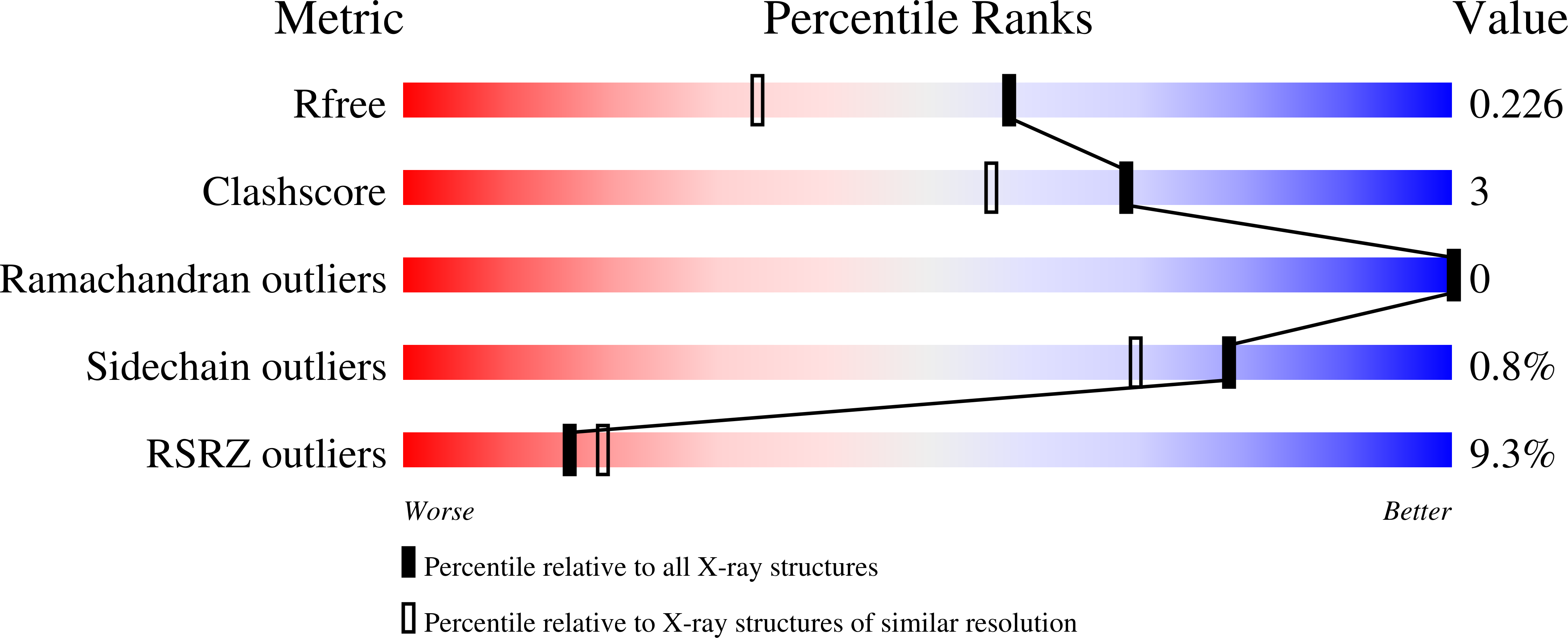
Deposition Date
2024-02-23
Release Date
2024-11-27
Last Version Date
2025-03-05
Entry Detail
PDB ID:
9ARC
Keywords:
Title:
Crystal Structure of C0362 (TDE_0362 [TDE0362] resi 205-647)
Biological Source:
Source Organism:
Treponema denticola (Taxon ID: 158)
Host Organism:
Method Details:
Experimental Method:
Resolution:
1.77 Å
R-Value Free:
0.22
R-Value Work:
0.19
R-Value Observed:
0.19
Space Group:
P 2 21 21


